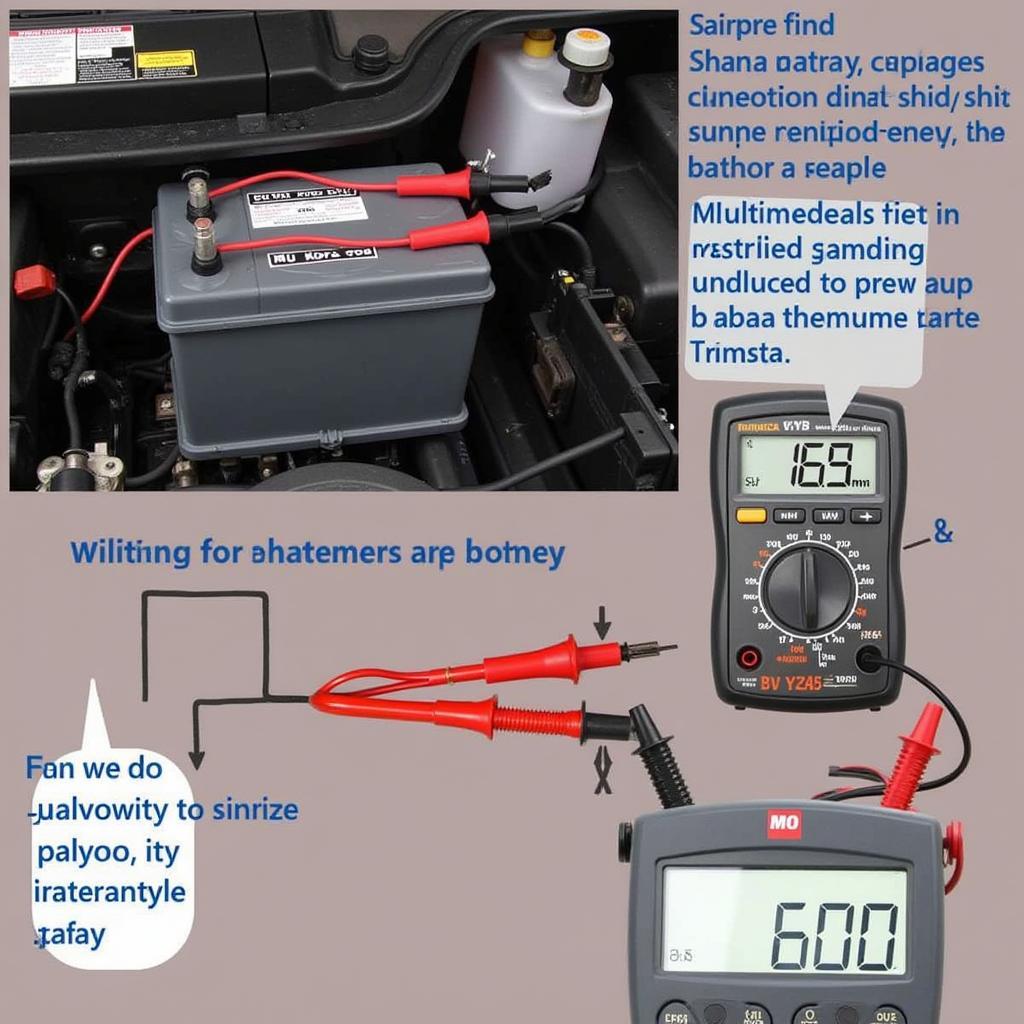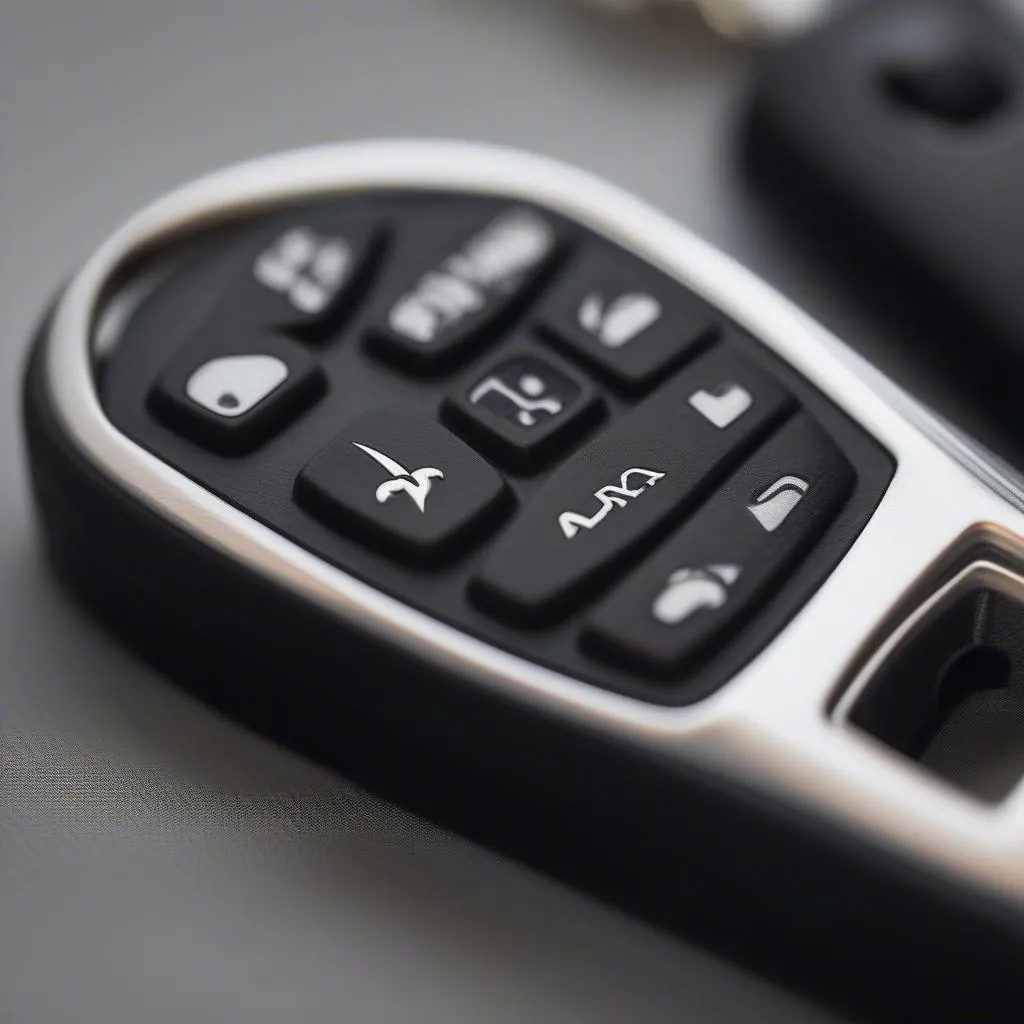An amp draw on your car battery can be a frustrating experience, leaving you stranded with a dead battery. Understanding what causes excessive amp draw and how to diagnose the problem is crucial to keeping your car reliably on the road. This article will provide you with the knowledge and tools to tackle this common automotive issue. max amp draw on car battery
What is Amp Draw and Why Does it Matter?
Your car battery powers various electrical components, even when the engine is off. This is perfectly normal. However, an excessive amp draw, often referred to as a “parasitic draw,” occurs when a component continues to draw power even after it should be off, slowly draining the battery. This can lead to a dead battery, starting problems, and even damage to electrical systems.
Common Causes of Excessive Amp Draw
Several culprits can contribute to an excessive amp draw. Faulty interior lights, a malfunctioning radio, a faulty alternator, or even a stuck relay can all contribute to a parasitic draw. Identifying the specific component causing the issue is key to resolving the problem.
How to Test for Amp Draw on Your Car Battery
Testing for amp draw is straightforward with a multimeter. First, disconnect the negative battery cable. Then, connect the multimeter in series between the negative battery terminal and the disconnected cable. Observe the reading on the multimeter. acceptable amp draw on car battery A reading higher than 50 milliamps generally indicates an excessive draw.
Using a Multimeter for Accurate Diagnosis
Using a multimeter correctly is crucial for accurate diagnosis. Ensure the multimeter is set to the appropriate amperage range. A common mistake is to set it to voltage, which can damage the meter.
 Testing Car Battery Amp Draw with a Multimeter
Testing Car Battery Amp Draw with a Multimeter
Isolating the Source of the Draw
Once you’ve confirmed an excessive amp draw, the next step is to isolate the source. This involves systematically removing fuses one by one while observing the multimeter reading. A significant drop in the reading indicates the circuit containing the faulty component.
Pinpointing the Culprit with Fuse Removal
This method effectively narrows down the possible culprits. Refer to your car’s owner’s manual to identify the components associated with each fuse. normal amperage draw car battery This systematic approach saves time and effort in the diagnostic process.
Solutions for Excessive Amp Draw
Once the faulty component is identified, the solution can range from a simple fuse replacement to replacing the component itself. parasitic amp draw In some cases, a loose connection or corroded wiring may be the culprit.
“A thorough understanding of your car’s electrical system is invaluable,” says automotive electrical expert, John Williams. “Proper diagnosis is the key to avoiding unnecessary repairs.”
Preventing Future Amp Draw Issues
Regularly checking your car’s battery health and electrical system can prevent future amp draw issues. This includes inspecting fuses, cleaning battery terminals, and addressing any electrical malfunctions promptly. “Preventive maintenance is always better than reactive repairs,” adds Williams.
Conclusion
Addressing an amp draw on your car battery requires a methodical approach. By understanding the causes, testing methods, and solutions, you can effectively diagnose and fix the issue, keeping your car running smoothly. Don’t let a dead auto battery ruin your day. dead auto battery Take control and solve the amp draw problem today.

